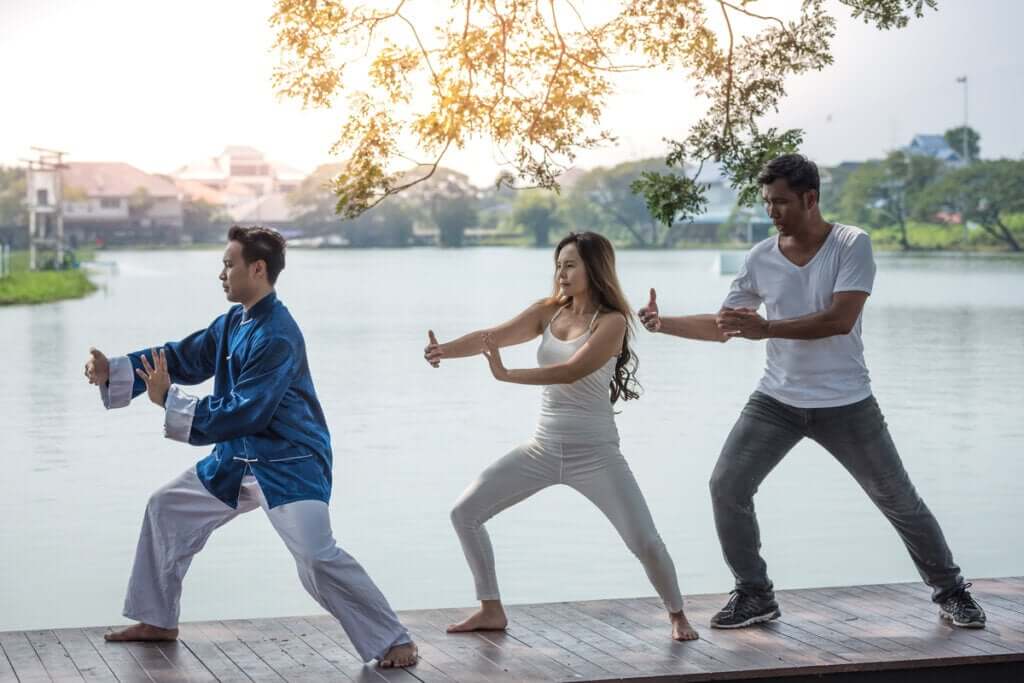Qi Gong, also known as Chi Kung, is an art of Chinese origin that aims to know, apply and optimize the body’s energy, in the sense of traditional Chinese medicine, an ancient practice dating back about 2000 years.
In Qi Gong, this is done with breathing, movement and visualization, as traditional Chinese medicine does with acupuncture. From this perspective, there is health when there is an abundance of vital energy, which is called?Chi? Or? Qi?. This energy must move where it must flow, without stagnating or dispersing, maintaining a balance. In Qi Gong there should be no excess or chi deficiency throughout the body. If this is achieved, there will be good physical and mental condition. Bless you.
“In Chinese medicine, man is seen as part of a whole. “Nuria Lorite?
Qi Gong can be practiced by anyone, regardless of age or fitness, does not require good physical conditioning, as it is based on static postures, dynamic movements, sitting postures, steps and sounds, unlike yoga, does not require great skills to perform the aforementioned postures.
In Qi Gong or Chi Kung, you don’t need a teacher permanently, you can learn and practice on your own. It is also governed by the principle of “small and regular”, that is, a practice of short but constant periods. usually takes 15 to 30 minutes a day.
The most common practice of this art begins with an automasage followed by a loosening of the ear, then there is a static pose, a dynamic movement and, finally, meditation, most of the movements are of Taoist tradition, others are Buddhist – inspired and some have been created recently.
Qi Gong seeks to balance the body’s energy and thus nourish and strengthen it. It is estimated that the benefits of this discipline become particularly visible about three months after the onset of daily practices. From the point of view of traditional Chinese medicine, Chi Kung can offer the following advantages:
In the Chinese philosophical tradition, which is at the heart of traditional medicine in this country, all phenomena of the universe can be classified into Yin and Yang aspects, the Yin aspects correspond to the feminine and are associated with notions of cold, rest, internal, soft, receptive, fragile and similar.
Yang, in turn, relates to the masculine and is associated with heat, movement, strong, active, hard, etc. On the other hand, for traditional Chinese medicine there is an essential energy called Chi, which must circulate through an energy system composed of a network of meridians.
However, when Chi does not drain properly, that is, when its circulation is stagnated, interrupted or dispersed, the disease occurs, so Chinese medicine aims to circulate this energy properly, to recover the Yin-Yang balance. uses acupuncture, massages, diets, medicinal herbs and Qi Gong.

